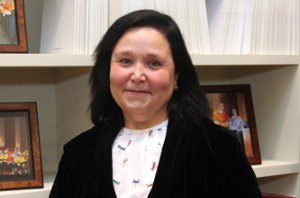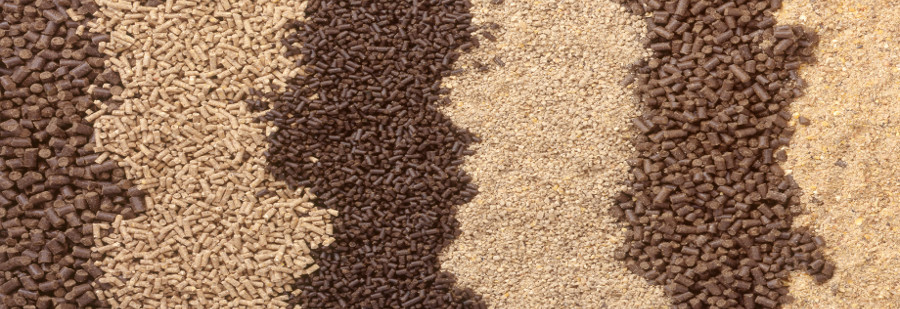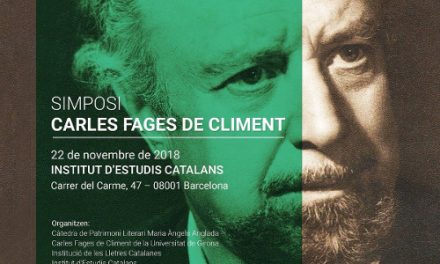“From 10 kg of soy, 10 kg of protein are produced daily, while the protein production of 1,000 kg of bacteria reaches up to 100,000 million kg”
Maria Àngels Calvo, full academician and president of the Health Sciences section of the Royal European Academy of Doctors-Barcelona 1914 (RAED), gave last December 13 the closing speech of the academic year of the Academy of Veterinary Sciences of Catalonia with the conference “Producció de proteïna destinada a alimentació animal a partir de microorganismes” (Production of protein for animal feed from microorganisms),
an act that is part of the joint program that the Interacademic Council of Catalonia devotes to “Food”. The sessions will be resumed next February 1 at the RAED, which will hold the round table “Nuevos alimentos, probióticos y prebióticos” (New foods, probiotics and prebiotics).
Calvo pointed as one of the main problems facing humanity the inability of conventional agriculture to provide enough food in the coming decades given the current rate of population growth. “The search for new sources of protein has led to the development of new agricultural techniques to obtain cereals with high protein content and even the extraction of proteins from liquid discharges by ultrafiltration, although another important line of research is based on production and obtaining of the high content of protein that microbial biomass can provide, given the ability of microorganisms to grow in different substrates”, said the academician.

Dra. Maria Àngels Calvo
The academician, finally, pointed out how the production of food from microorganisms has more advantages than disadvantages and placed attendees to a food and gastronomy revolution.





